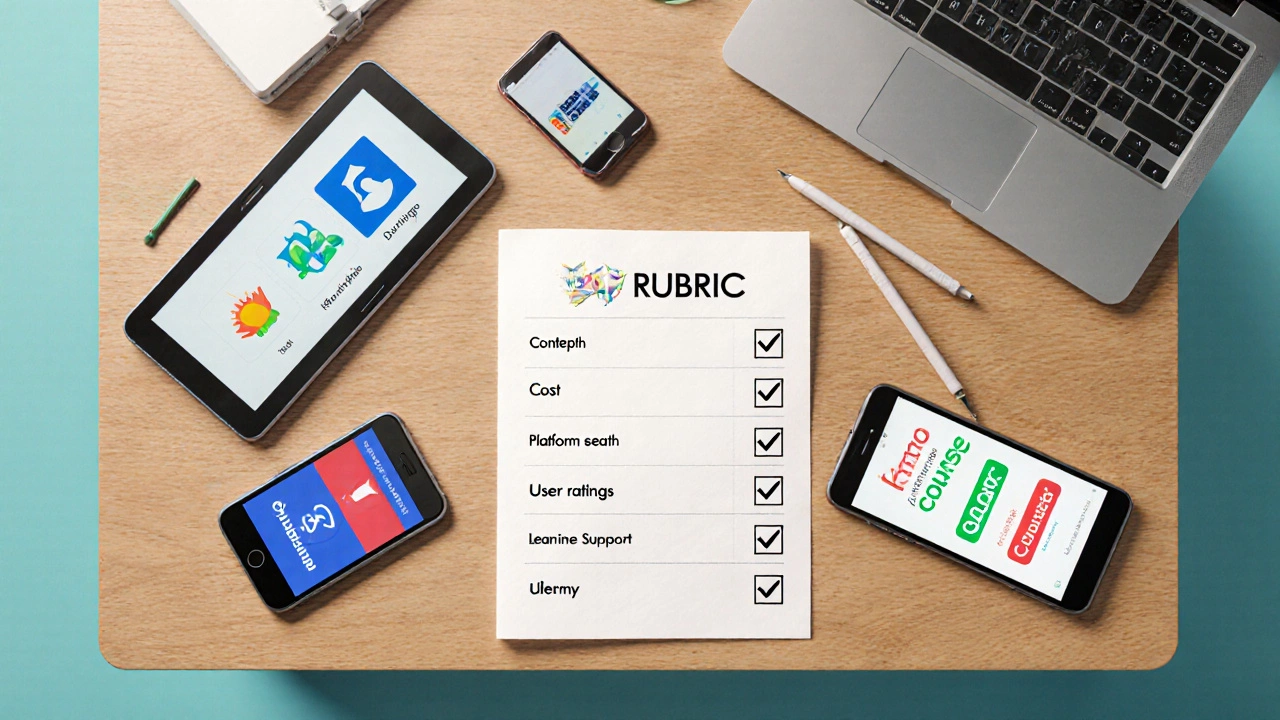Education Apps: Your Gateway to Modern Learning
When talking about Education Apps, mobile or web applications that support learning, teaching, and assessment. Also known as learning apps, they enable students and educators to access content anytime, anywhere, making education more flexible and engaging.
One major branch of this ecosystem is eLearning Platforms, online services that host courses, track progress, and often include interactive tools. These platforms encompass video lectures, quizzes, and discussion forums, and they require reliable internet and a subscription model in many cases. For instance, platforms like Coursera or Udemy offer tiered pricing, while some universities run their own LMS to deliver credit‑bearing classes.
Another key player is online teaching apps, software that facilitates live instruction, screen sharing, and real‑time interaction. Teachers rely on these tools to run virtual classrooms, record sessions, and assess participation. Features such as breakout rooms, whiteboards, and attendance tracking influence how smoothly a lesson flows, especially when class sizes vary.
For budget‑conscious educators, free teaching software, applications that offer essential classroom functions without charge can be a lifesaver. Options like Google Classroom or Microsoft Teams provide file sharing, assignment management, and basic collaboration features at zero cost. While they may lack premium analytics, they support core teaching activities and often integrate with paid add‑ons.
The concept of a digital classroom, a virtual environment where learning materials, interactions, and assessments converge, ties all these tools together. A digital classroom requires a blend of LMS, live‑session apps, and content repositories, creating a seamless experience for both learners and instructors.
Beyond the big names, niche apps like Zoom, Kahoot!, and Quizlet add specific flavors to the mix. Zoom serves as a video bridge, enabling face‑to‑face sessions; Kahoot! turns review into a game; Quizlet lets students build flashcards instantly. These utilities enhance engagement and cater to different learning styles, proving that education apps are not one‑size‑fits‑all.
Schools, colleges, and self‑learners all benefit from this variety. A high school might combine a free LMS with a live‑teaching app to run hybrid classes, while a university could adopt a robust eLearning platform for full‑scale online degrees. Independent learners often cherry‑pick free tools for language practice, coding drills, or exam prep, stitching together a personalized curriculum.
In 2025, AI integration is reshaping the landscape. Apps now offer adaptive quizzes that adjust difficulty based on performance, automated grading for essays, and chat‑powered tutors that answer questions instantly. These advances increase efficiency and tailor content to individual needs, making education apps more powerful than ever.
Choosing the right mix starts with a simple checklist: identify your learning goals, evaluate device compatibility, check data privacy policies, compare free versus paid features, and test the user interface. When you match the app’s strengths to your needs, you’ll see higher motivation, better retention, and smoother administration.
Below you’ll find a curated collection of articles that dive deeper into each of these topics. From cost breakdowns of popular platforms to hands‑on comparisons of free teaching tools, the posts give you actionable insights to pick the perfect education app for your situation.
Oct
13

- by Dhruv Ainsley
- 0 Comments
Best Learning App 2025: The #1 Choice Revealed
Discover the 2025 #1 learning app, how it was chosen, and which apps suit specific goals. Includes a side‑by‑side comparison, usage tips, and FAQs.